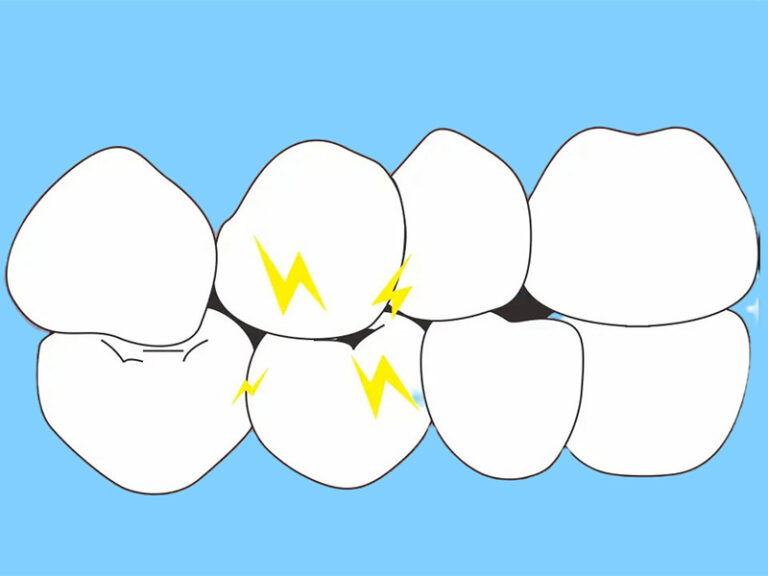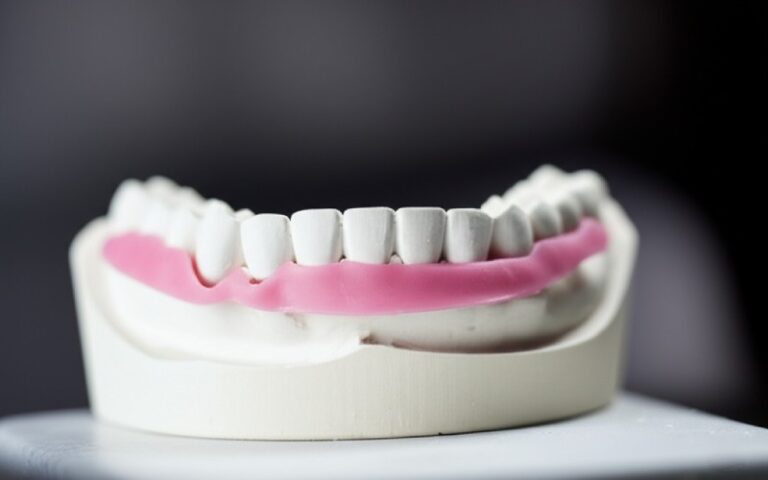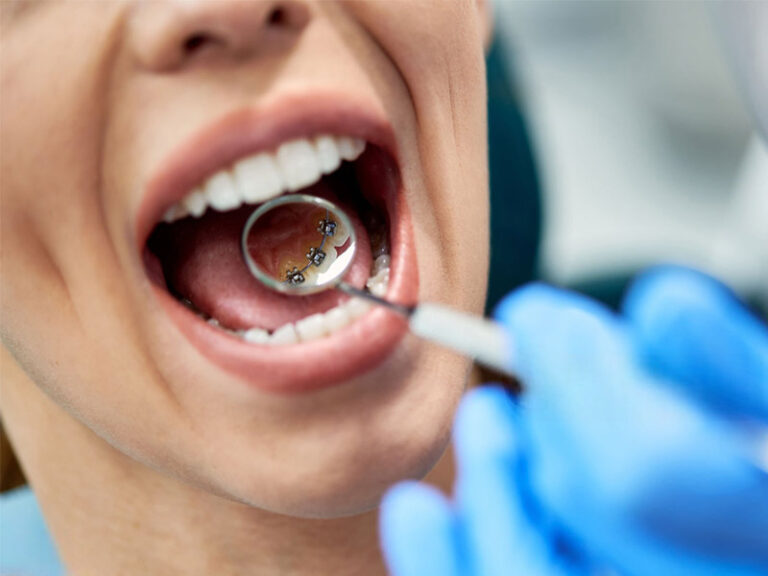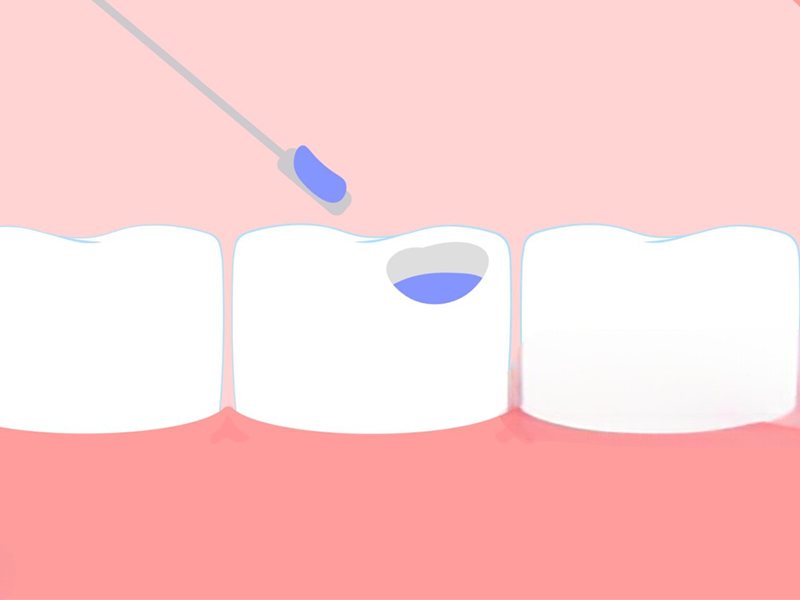
Qu'est-ce qu'un scellant dentaire ? Votre guide pour un sourire sans caries
I’ve seen countless new ideas in dentistry. But some of the best ideas are the simple ones. Today, I want to talk about one of those simple, amazing ideas: the dental sealant. This protective sealant is a game-changer for oral health. If you have kids, or if you just want to avoid the dentist’s drill, this article is for you. We will talk about what a dental sealant is, how it works, and why it is one of the best ways to prevent a cavity. This is a key step to keep teeth healthy.
Table des matières
What Exactly Is a Fissure Sealant?
Let’s start with the basics. Think of a dental sealant as one of the best tools in modern dentistry. Imagine you have a new wooden deck. You put a protective coat on it to keep the rain out. A fissure sealant works the same way for your teeth. It is a thin, plastic coating that a dentist paints onto the chewing surfaces of your teeth. Dental sealants are thin, so you won’t even feel them. Think of them as raincoats for your teeth.
This simple coat does a big job. Its main goal is to protect your teeth from tooth decay. The American Dental Association recommends them because they are so good at their job. A sealant flows into all the tiny cracks on a tooth surface. It creates a smooth shield over the top of the tooth and the sealant bond together. This shield keeps out germs and bits of food. This type of preventive care is a big part of good dental health. Getting this sealant is a smart move for your long-term oral health.
A good dental sealant makes a huge difference. Without this protection, the tiny spaces on your teeth can trap food. This can lead to a cavity. But with a sealant in place, the tooth surface is smooth and easy to clean. This means less work for your toothbrush and less worry for you. The use of a dental sealant is a simple, painless way to protect your smile for years. It is one of the most effective preventive tools we have in dental care.
Why Do My Back Teeth Need a Sealant?
Have you ever looked closely at your back teeth? I’m talking about your molars. A molar is not smooth like your front teeth. It is covered in tiny bumps and valleys. These are called a pit and groove. These pits and fissures are very hard to clean. Even the best brushing can miss the tiny bits of food and sugar that get stuck in them.
These back teeth do most of the hard work of chewing. Because of their rough chewing surfaces, they are the teeth most likely to develop a cavity. The deep groove on a molar is the perfect hiding place for bacteria. This is why a dentist often finds tooth decay on the surfaces of the back teeth. It is a real problem area for oral health. A sealant is designed specifically to solve this problem.
When a dentist applies a dental sealant, they target these problem teeth. The liquid sealant material flows into every single pit and groove. It completely fills them up. Once the sealant is hard, it forms a protective barrier. This keeps food particles and acid out of the pits and grooves. It makes the rough surface of the tooth smooth, which makes it much easier to keep clean. This is why getting a sealant on each molar is so important.
How Does a Dental Sealant Stop a Cavity?
The way a dental sealant works is simple but smart. Sealants act as a physical barrier. They seal off the parts of the tooth where a cavity is most likely to start. When a dental sealant is painted on a molar, it covers the complex pits and fissures. These are the areas where 80% of cavities in children form.
This protective sealant stops trouble before it starts. Bacteria in our mouths feed on sugar. When they do, they create acid. This acid eats away at our teeth, causing dental caries, which is the fancy term for a cavity. A sealant keeps the sugar and bacteria away from the tooth’s enamel. No food for the bacteria means no acid. No acid means no cavity. It’s a key part of preventing tooth decay. The use of pit-and-fissure sealants is one of the best preventive measures.
The great thing about a dental sealant is that it’s a non-invasive dental treatment. It doesn’t require any drilling. It simply protects the tooth you already have. A fissure sealant is a top tool for sealants for preventing decay. The American Dental Association and other groups support the use of sealants because they work so well. The right pit and fissure sealants can save you from more complex dental work down the road.
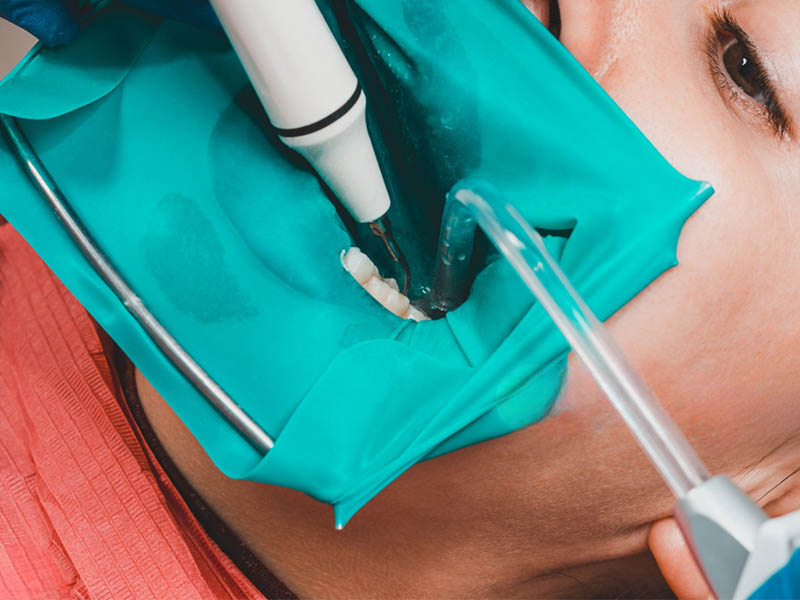
Who Can Benefit from Dental Sealants?
The simple answer is that almost everyone can benefit from dental sealants. However, they are most important for kids and teens. The American Dental Association says children should get sealants on their permanent molars as soon as they come in. The first molars usually appear around age 6. The second molars come in around age 12. Getting sealants on their permanent molars protects these new permanent teeth during the years when they are most at risk for a cavity.
I’ve seen it with many kids. They get sealants on their permanent molar teeth right after they erupt. It gives their parents peace of mind. Some dentists even recommend a sealant for baby teeth if they have very deep pits and fissures. This can help maintain good oral health and save space for the permanent teeth to grow in properly. The American Academy of Pediatric Dentistry strongly agrees.
But it’s not just for kids! Children and adults of all ages can benefit from dental sealants. If you are an adult who has teeth with deep grooves and no decay, you are a great candidate for a dental sealant. A sealant can protect your teeth for many years. Anyone who wants to take an extra step to prevent a cavity should ask their dentist if they could benefit from sealants. It is a simple step for better dental care.
How Are Sealants Placed by the Dentist? It’s Easy!
The process of placing sealants is quick and completely painless. It is one of the easiest procedures you can have at the dental office. There are no shots and no drilling. It is not an invasive dental procedure.
Here is how sealants are placed. First, the dentist or one of the dental hygienists will clean the tooth very well. Then, they will dry the tooth completely. A special gel is put on the tooth surface for a few seconds to make it a little rough. This helps the sealant stick to the tooth. After the gel is rinsed off, the tooth is dried again.
Next, the dentist will apply the sealant onto the tooth in liquid form. The dental sealant is a thin liquid that flows into all the pits and fissures of teeth. Finally, the dentist will use a special blue light to harden the sealant. This whole sealant placement process only takes a few minutes per tooth. Once the dental sealant placement is done, you can eat and drink right away.
What Is the Sealant Material Made Of? Is It Safe?
People want to know what the sealant material is. Most often, a dental sealant is a plastic material. These are called resin based sealants or resin-based sealants. There is another type called glass ionomer sealants, which can release a small amount of fluoride over time. This gives the tooth extra protection. Both kinds of dental materials are very effective.
There have been some questions about BPA in dental sealants. BPA is a chemical found in some plastics. The American Dental Association has studied this. The report of the American Dental Association and the American Academy of Pediatric Dentistry says that resin based dental sealants are safe and effective.
The amount of BPA you might be exposed to from a sealant is very, very small. You get more BPA exposure from touching a store receipt or from the air you breathe. The risk of bpa exposure from any dental material is tiny. The benefit of preventing a cavity with a dental sealant is very large. All major dental providers agree that the use of sealants is a safe choice for protecting teeth. Any exposure from any dental material used by a professional dentist is carefully managed. The sealant material is strong and safe.
How Well Does a Dental Sealant Work? What Does the CDC Say?
When I recommend something, I want to see proof that it works. For a dental sealant, the proof is clear. The Centers for Disease Control and Prevention, or CDC, has studied the effectiveness of sealants. The CDC reports that a dental sealant can prevent 80% of cavities in the back teeth for two years. They continue to protect against 50% of cavities for up to four years.
Think about that. Children with sealants have far fewer cavities than children without sealants. In fact, school-age children with unsealed teeth get almost three times more cavities in their first molars than children who have a sealant. This is why the CDC supports things like a school sealant program. A sealant is a powerful tool against tooth decay.
The dental association and the american health groups all agree. Applying dental sealants is one of the best things we can do for children’s oral health. This one dental treatment can save a child from pain, and it can save parents from paying for expensive fillings later. A sealant is a smart investment in a healthy future. The proof is in the numbers.
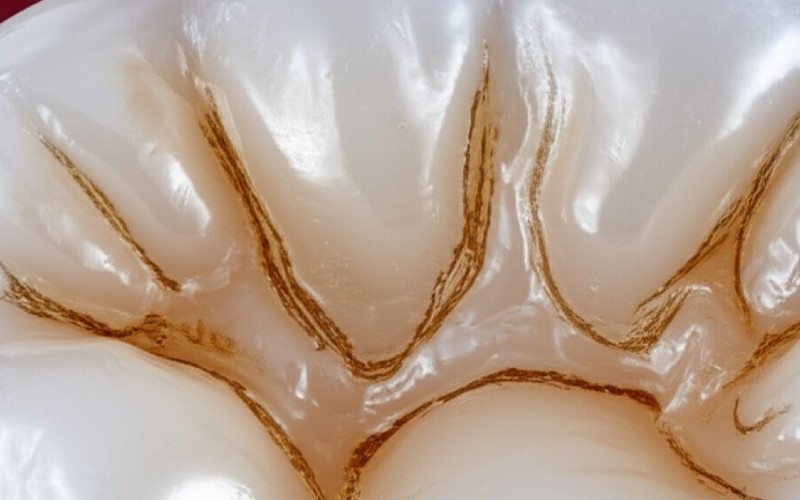
Do I Still Need Fluoride If I Have a Sealant?
Yes, absolutely! This is a very important point. A dental sealant and fluoride work together as a team to protect your teeth. They do different jobs. A sealant covers the top surfaces of teeth, especially the bumpy surfaces of these teeth. It protects the pits and fissures where food gets stuck. It is a shield for a specific, high-risk part of the tooth.
Fluoride, on the other hand, protects the entire tooth surface. It makes the enamel of all your teeth stronger and more resistant to acid from bacteria. You get fluoride from toothpaste, mouthwash, and sometimes your drinking water. A sealant gives you focused protection on a molar, while fluoride gives you general protection everywhere.
For the best oral health and oral hygiene, you need both. Use a toothpaste with fluoride every day, and get a dental sealant on your molars. Think of it like this: fluoride is like eating healthy food to keep your whole body strong. A sealant is like wearing a helmet when you ride a bike. You need both to be fully protected. A sealant with fluoride is a powerful combination.
How Long Does a Sealant Last on My Teeth?
A dental sealant is tough, but it doesn’t last forever. The good news is that sealants can last for many years. A sealant can often last up to 10 years. But it depends on your chewing habits. Things like chewing ice or very hard candy can damage a sealant. That’s why it’s important for your dentist to check them.
At every regular dental check-up, your dentist will look at your sealants on teeth. They will check for any chips or cracks in the sealant material. If a small piece of the sealant has worn away, it is very easy to repair. The dentist can simply add more sealant material to that spot. This makes sure the tooth stays fully protected.
Taking care of your dental sealant is easy. Just keep up with good brushing and flossing and see your dentist for regular visits. This simple care will help your sealant last as long as possible. A sealant is a long-term partner in your oral health journey. A well-maintained fissure sealant is a great investment.
Are There Programs to Help Me Get a Dental Sealant?
Yes, there are. Because a dental sealant is so good at preventing cavities, many groups want to make sure kids can get them. Many states have a school sealant program. These programs bring dental care right to schools. A dentist or hygienist can visit the school and apply the sealant for children who have permission.
These programs are a wonderful example of community dental health in action. They make sure that all kids, no matter their family’s income, can get the protection of a dental sealant. This helps to reduce cavities across the whole community. It’s a key part of public dental care.
If you are interested, ask your child’s school if they have a school sealant program. You can also check with your local health department. Some insurance plans also cover sealants as part of preventive care. A dental sealant is an affordable way to prevent expensive problems later on. It is worth looking into these options to protect your family’s smiles.
Ce qu'il faut retenir
- A dental sealant is a thin, safe coating that a dentist paints on your back teeth.
- It protects the bumpy chewing surfaces of a molar from getting a cavity.
- The process is fast, easy, and painless. There are no shots or drills.
- Children should get sealants on their permanent molars as soon as they come in, but adults can get them too.
- A sealant works with fluoride to give your teeth the best protection against tooth decay.
- A sealant can last for many years with regular dental check-ups.

